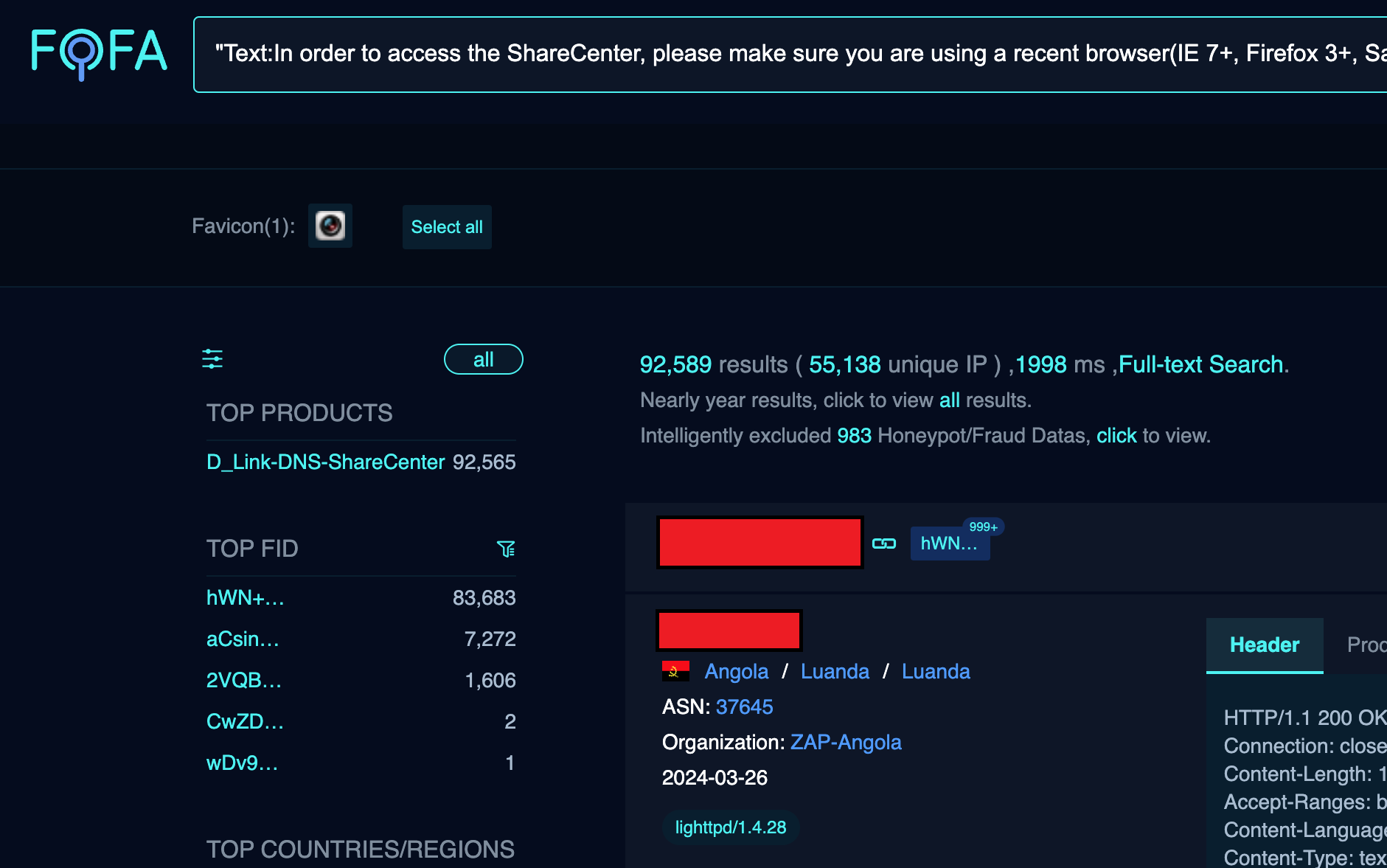Numerous pieces of data can be collected as a part of fingerprinting, including Time zone, Language settings, IP address, Cookie settings, Screen resolution, Browser privacy, and User-agent string.
Previous versions of Pikabot used advanced string encryption techniques, which have been replaced with simpler algorithms. Previously, the strings were encrypted using a combination of AES-CBC and RC4 algorithms.
Cybersecurity researchers have discovered an intricate multi-stage attack that leverages invoice-themed phishing decoys to deliver a wide range of malware such as Venom RAT, Remcos RAT, XWorm, NanoCore RAT, and a stealer that targets crypto wallets.
Threat actors have been using scanning methods to pinpoint vulnerabilities in networks or systems for a very long time. Some scanning attacks originate from benign networks likely driven by malware on infected machines.
The threat actor behind the fake e-shop campaign leverages tools such as the open-source string obfuscator “Paranoid” and the Janus WebRTC module, showcasing a deep understanding of technological intricacies to evade detection and amplify impact.
Martin Schobert at Swiss security firm Pentagrid discovered that an attacker could input a series of six consecutive dashes (——) in place of a booking reference number and the terminal would return an extensive list of room details.
Hackers are using Facebook advertisements and hijacked pages to promote fake Artificial Intelligence services, such as MidJourney, OpenAI’s SORA and ChatGPT-5, and DALL-E, to infect unsuspecting users with password-stealing malware.
Two China-based Android app developers are being sued by Google for an alleged scam targeting 100,000 users worldwide through fake cryptocurrency and other investment apps.
One security researcher investigating AI-hallucinated libraries said late last month that he found chatbots calling for a nonexistent Python package dubbed “huggingface-cli.”
A researcher who goes online with the moniker ‘Netsecfish’ disclosed a new arbitrary command injection and hardcoded backdoor flaw, tracked as CVE-2024-3273, that impacts multiple end-of-life D-Link NAS device models.









